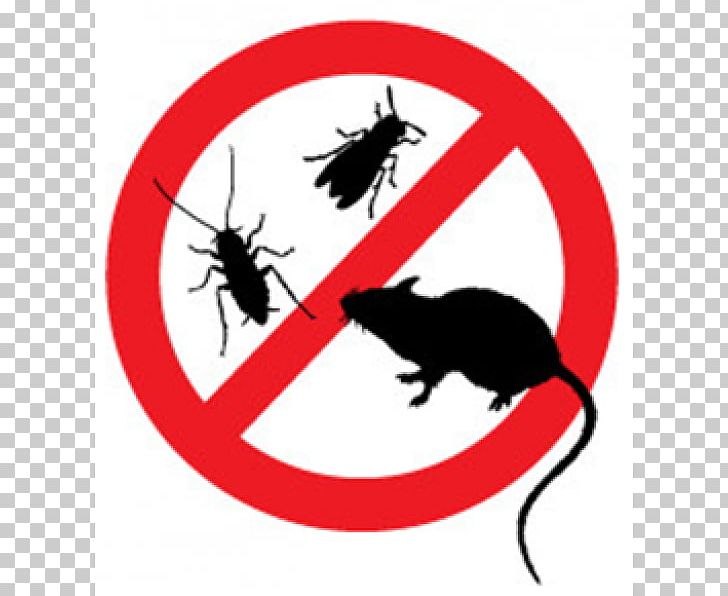Moving on Up: Transitioning Juvenile Pheasants to the Great Outdoors
After three weeks in the “A” room and four weeks in the “B” room, the former MacFarlane Pheasant chicks are now juveniles and ready to be transferred to outdoor pens. There’s no gentle transition; the birds are loaded into crates and plopped into the outdoor pens. But before we do this, there are a few steps we take before thrusting them out into the fresh air.
The first thing that goes into consideration before moving birds outdoors is the weather. In Wisconsin, our winters are long, so the earliest our birds will go out is the middle of April, or sometimes even the third week in April to let winter blow itself out. But as to the exact day, consult with your local weatherman. We look ahead at the seven-day forecast for any sign of rain or a sudden drop in temperature. If inclement weather will happen in the first three days the birds are outside, we don’t put them out.
The reason for the three day rule is simple: pheasants have an oil gland at the base of their tail that “turns on” in response to moisture, making them better at resisting precipitation. In the dry barns, this gland isn’t activated, but by the third day outside, with morning dew on their backs, the gland has kicked into high gear, making the birds better equipped to resist rain. Bottom line, the longer the birds are outside without inclement weather, the better they’ll be able to resist it when it does come, and the less problems you’re going to have.
Another important step we take is in the preparation of the outside pens themselves. The amount of space we provide for the juvenile birds is enormous: 50 square feet per bird. The reason for this amount of space is because it allows natural cover to grow from April showers into May flowers. But in this large space you must be careful to widely distribute feed and water so that, just like in the “A” and “B” rooms, birds can’t wander far before hitting both. A five-inch layer of straw is laid down to insulate the birds from the cold ground.
In the pens we also include huts for the birds. The 4×6 structures are around a foot high, and we include one for every 100 birds. There are two entrances, and we strategically face them toward the south and east, where a cold gust is least likely to come from. Feed and water are also placed inside. These huts allow the birds shelter and cover during the early spring. But as the season stretches on and natural cover springs up, we’ll remove the huts when brush reaches the height of the birds.
In that first week, the food changes, too. For their first seven weeks, they were on a 26 percent protein feed. In that first week, the 26 percent is blended with a 20 percent adult formula. After that week, they’ll be completely weaned off the 26.
That first week outdoors for pheasant juveniles can be tough. There’s no gentle coaxing. Boom, they’re outside. But if you spend the time preparing your space, providing plentiful feed and water, and keeping an eye on the weather, your birds will be fine. After all, pheasants are tough critters.
Related Posts
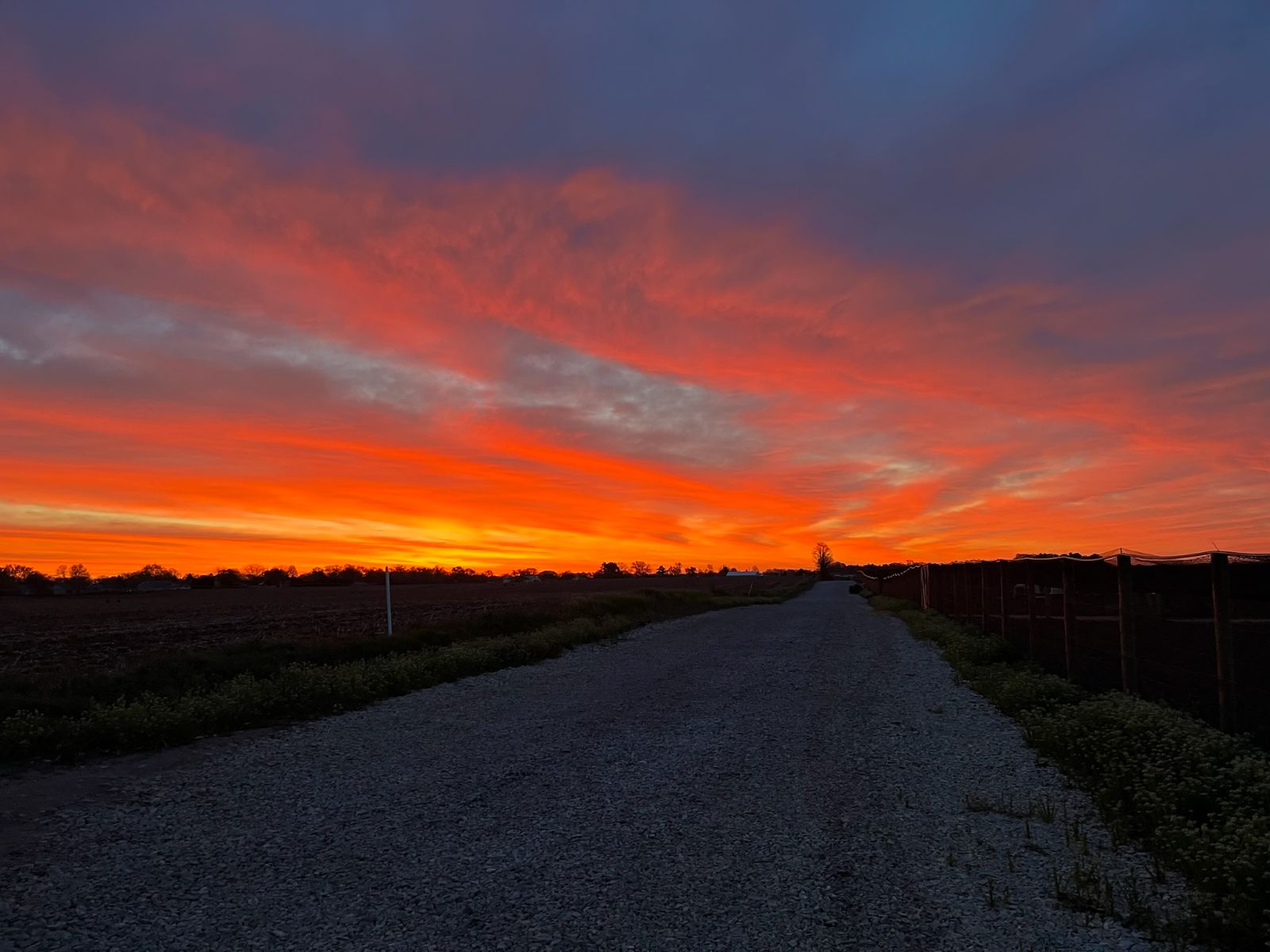
A Journey of Expansion: Jim Clark’s Legacy & Our New 16 Acres of Pheasant Pens
Read Post
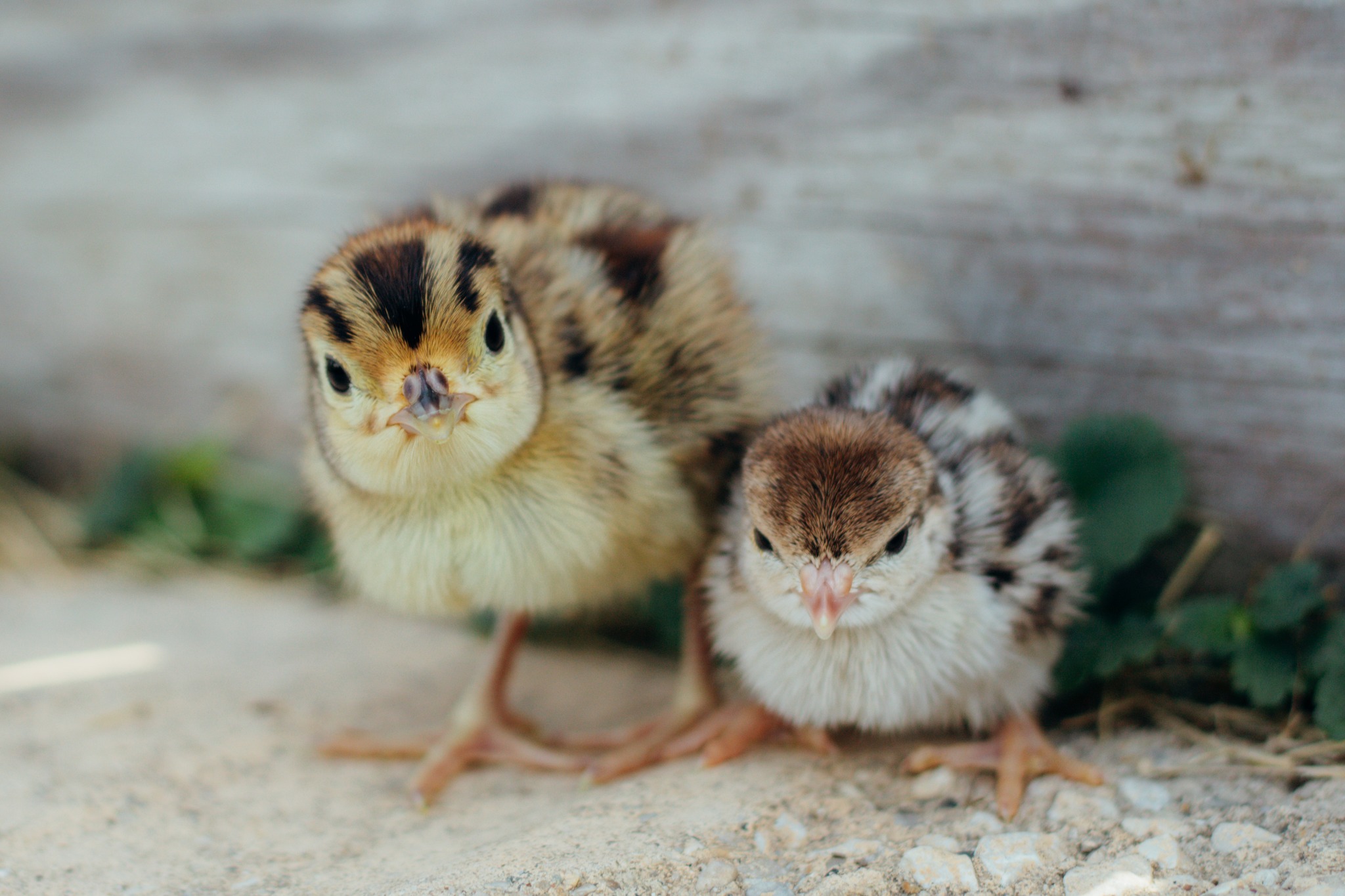
Shipping Chicks Safely During Cold Weather Months
Read Post
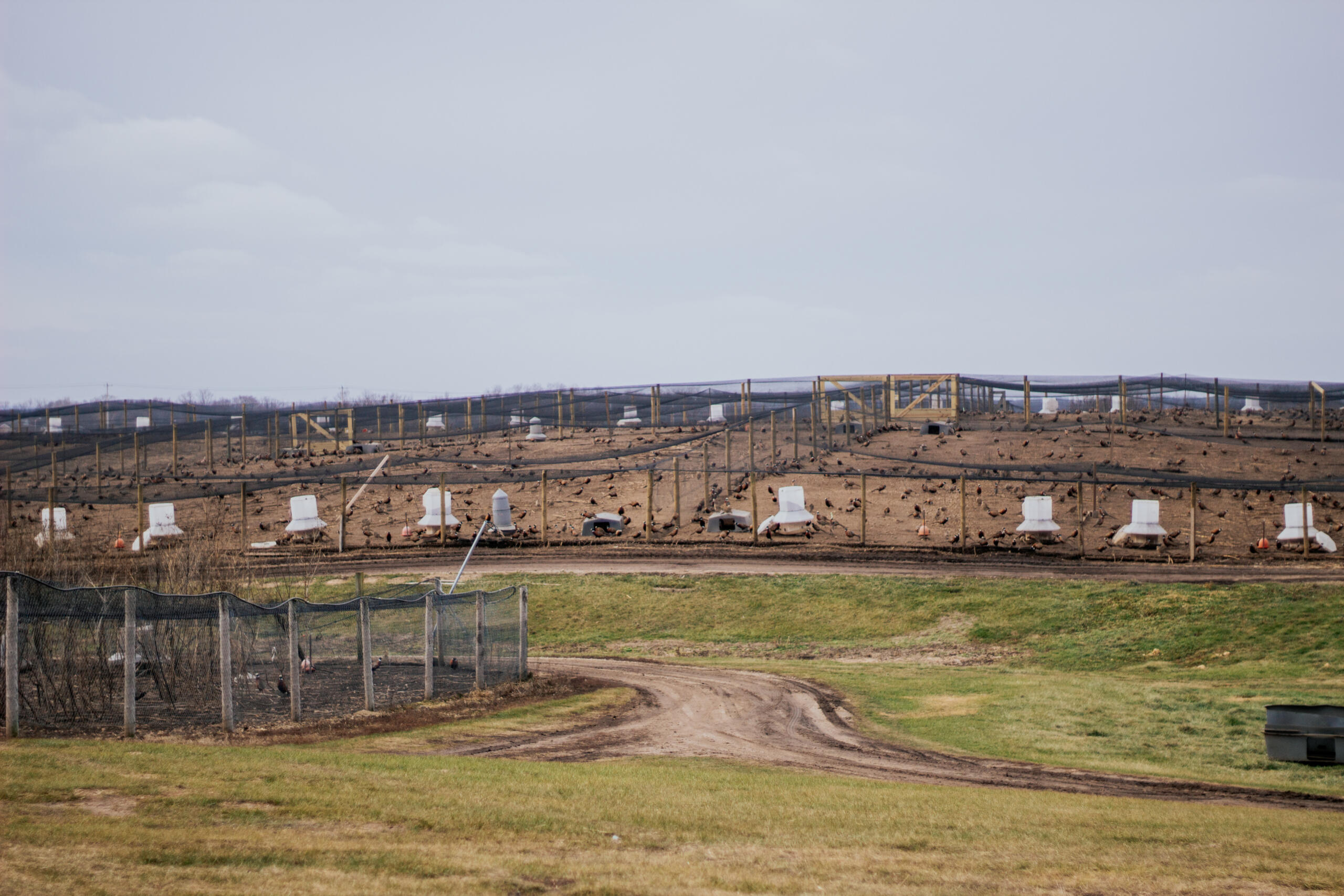
Preparing Our Barns & Pens Each Spring
Read Post
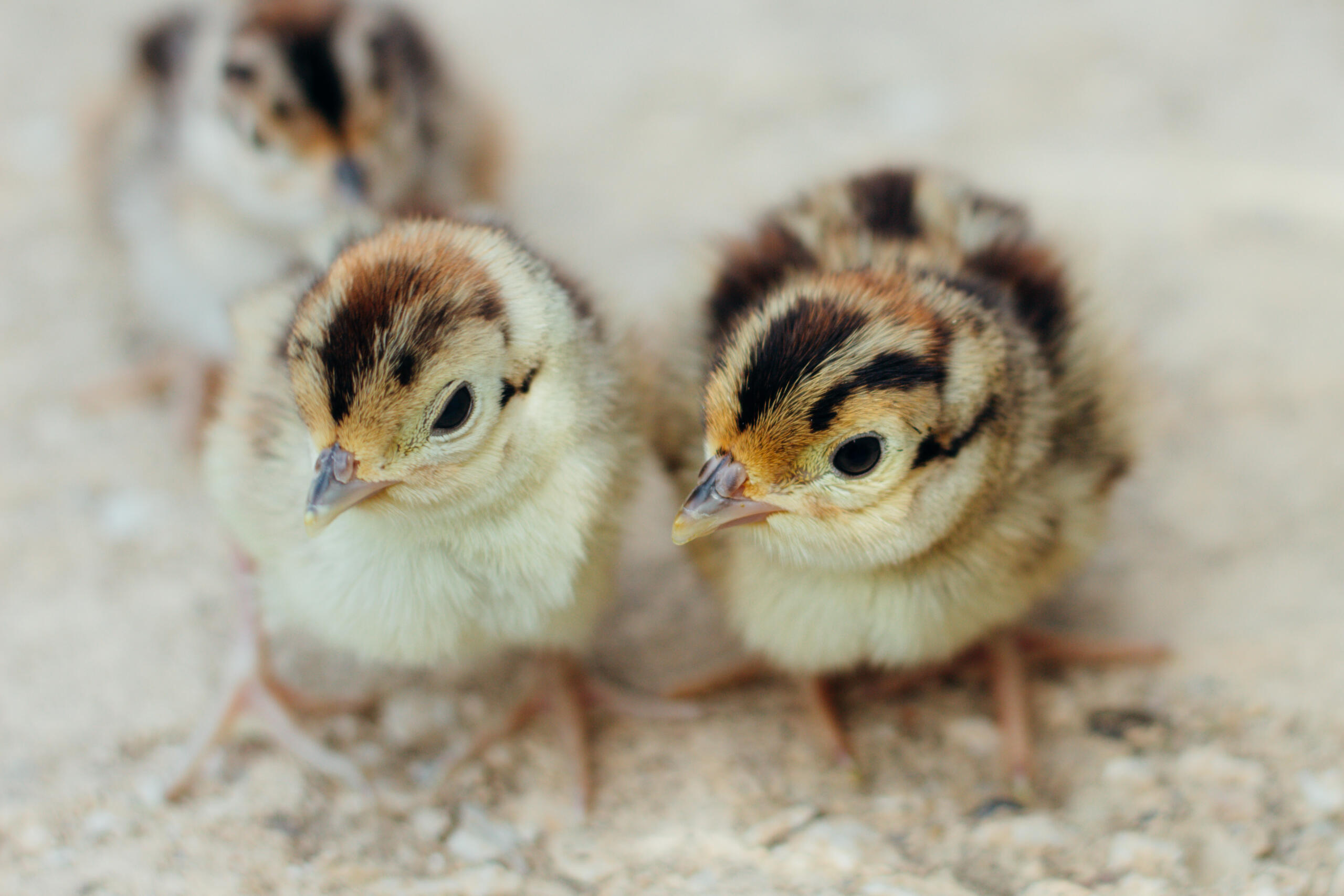
A Comparison of Hatch Data Between Two Different Genetic Types of Pheasants
Read Post
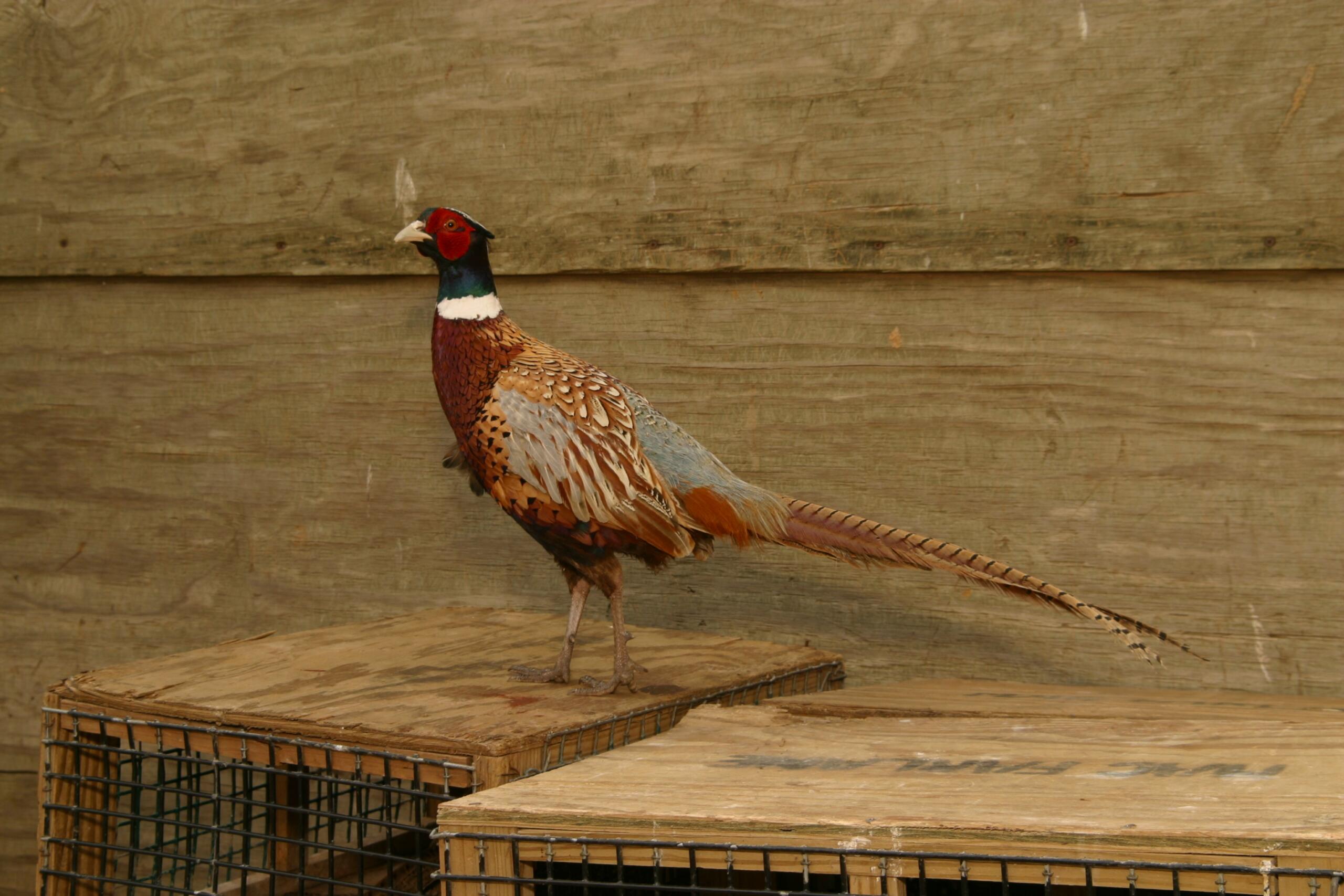
DuPont Financial Analysis Model
Read Post

Hatchery News at MacFarlane Pheasants
Read Post
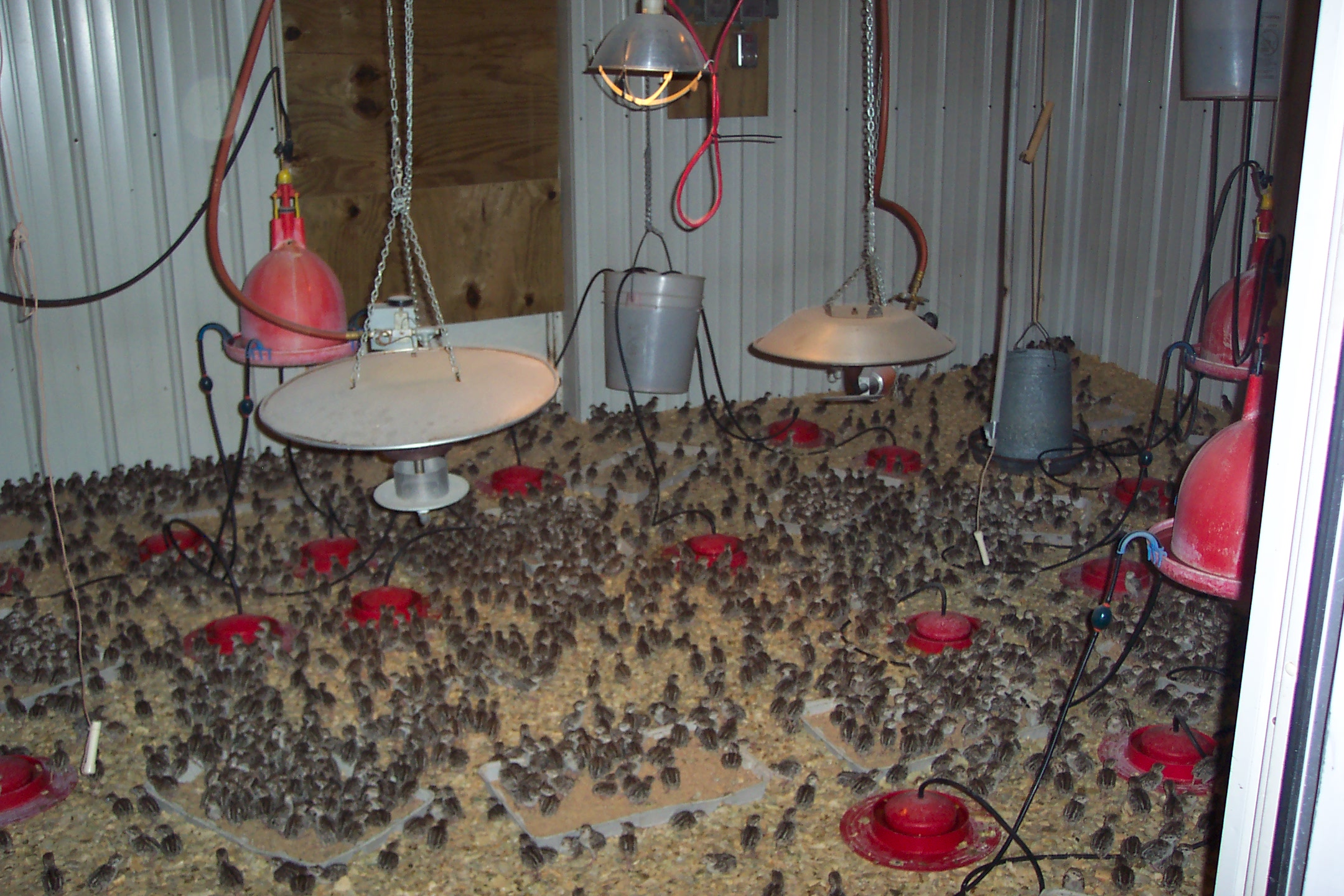
How We Prepare For Brooding Our Chicks
Read Post
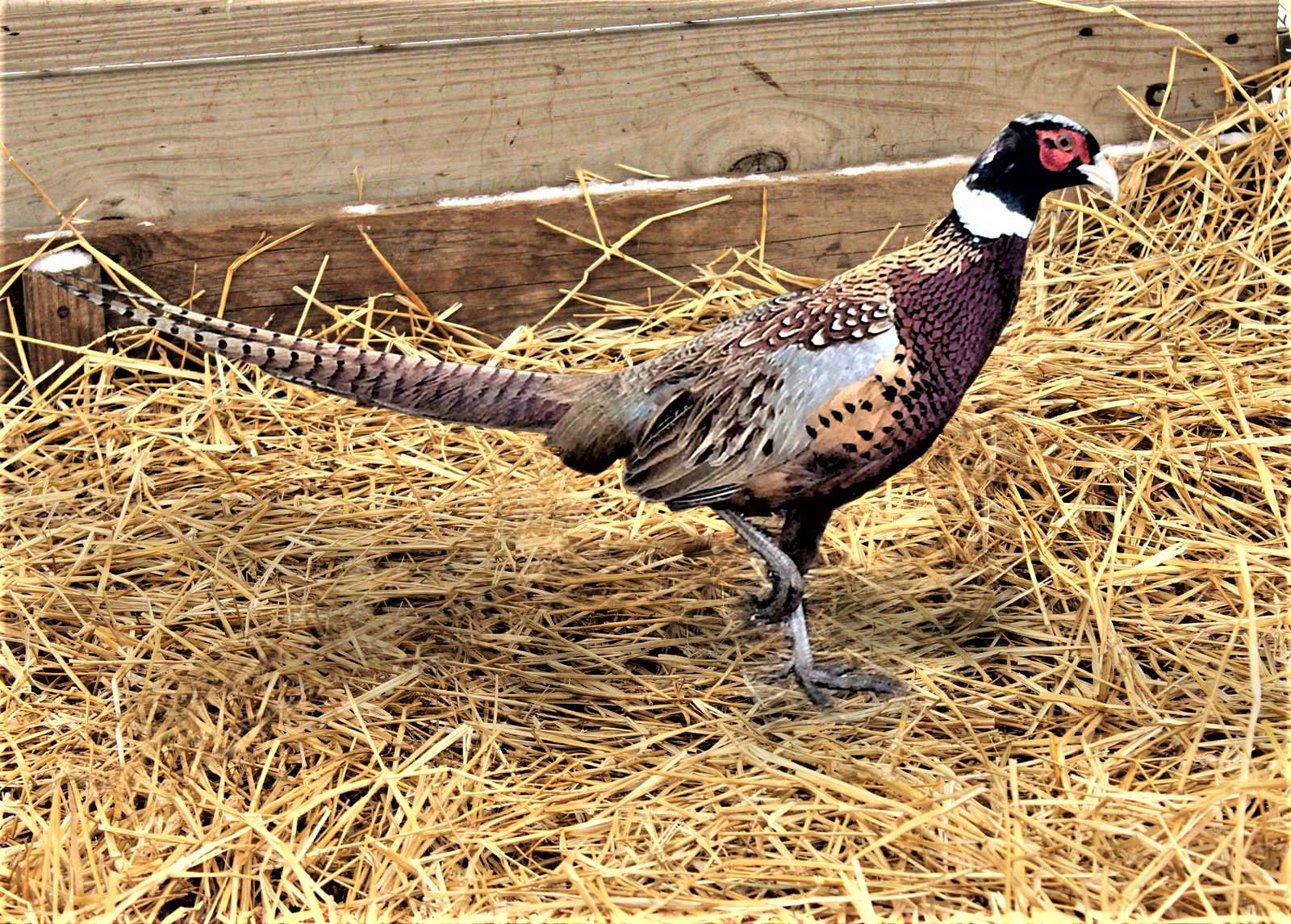
Our Milton Farm in 2024!
Read Post
Take Advantage of These Free Resources
As the biggest game bird farm in the United States, we want to share our experience with you. Download our free resources below and get started.

